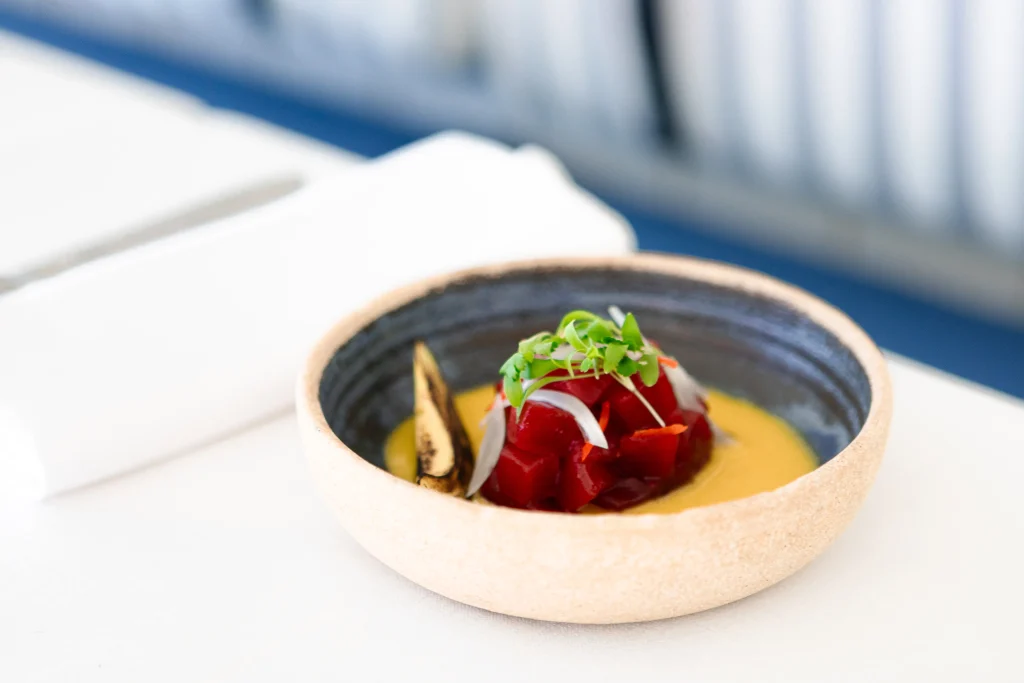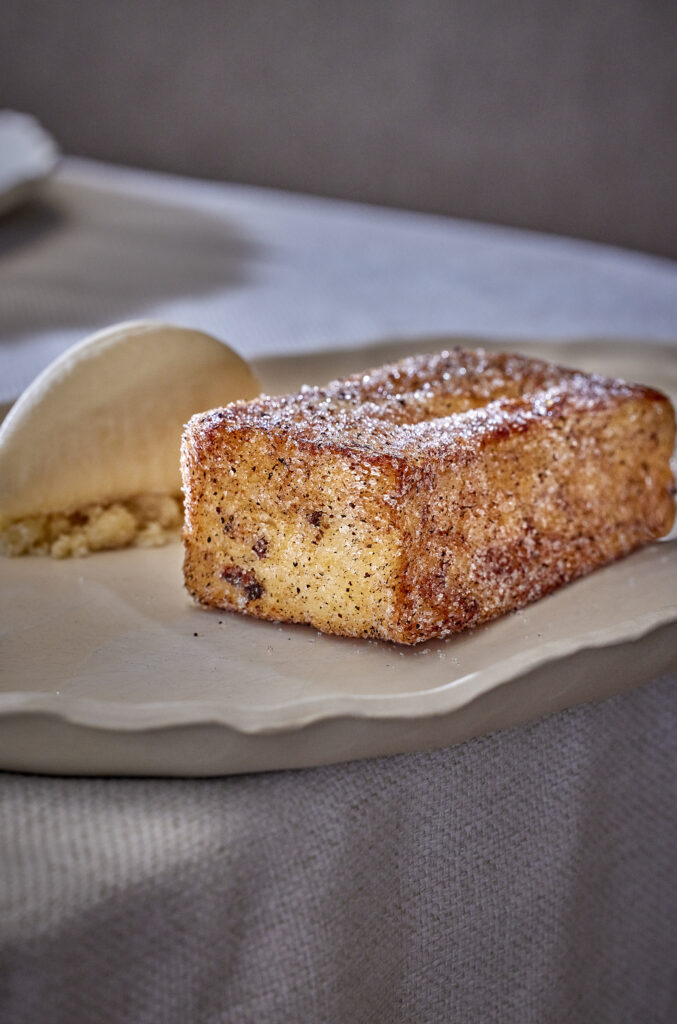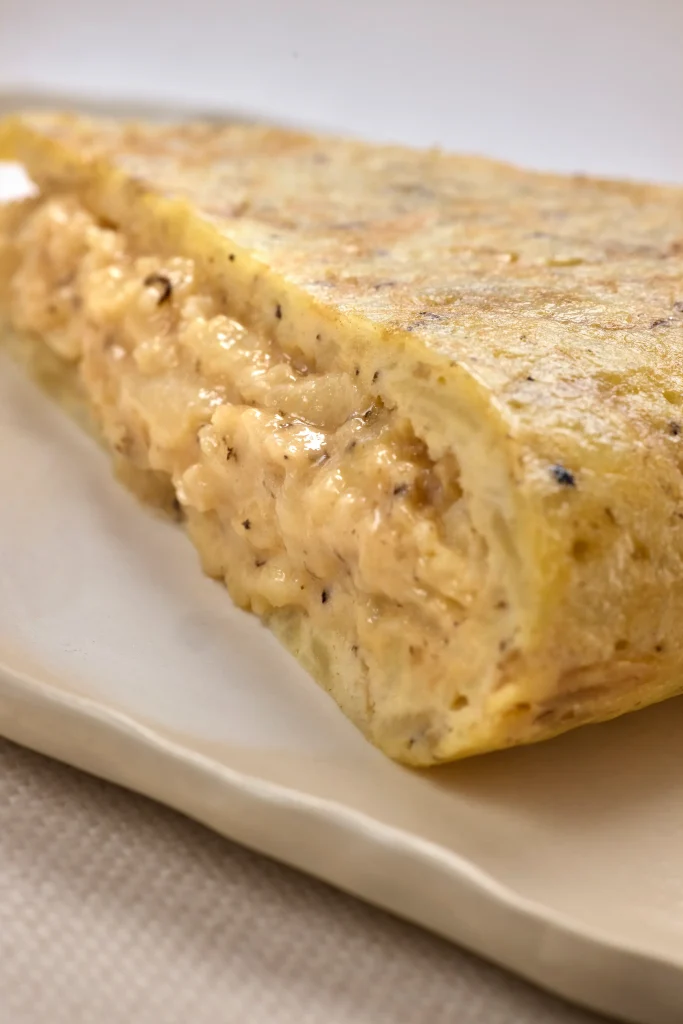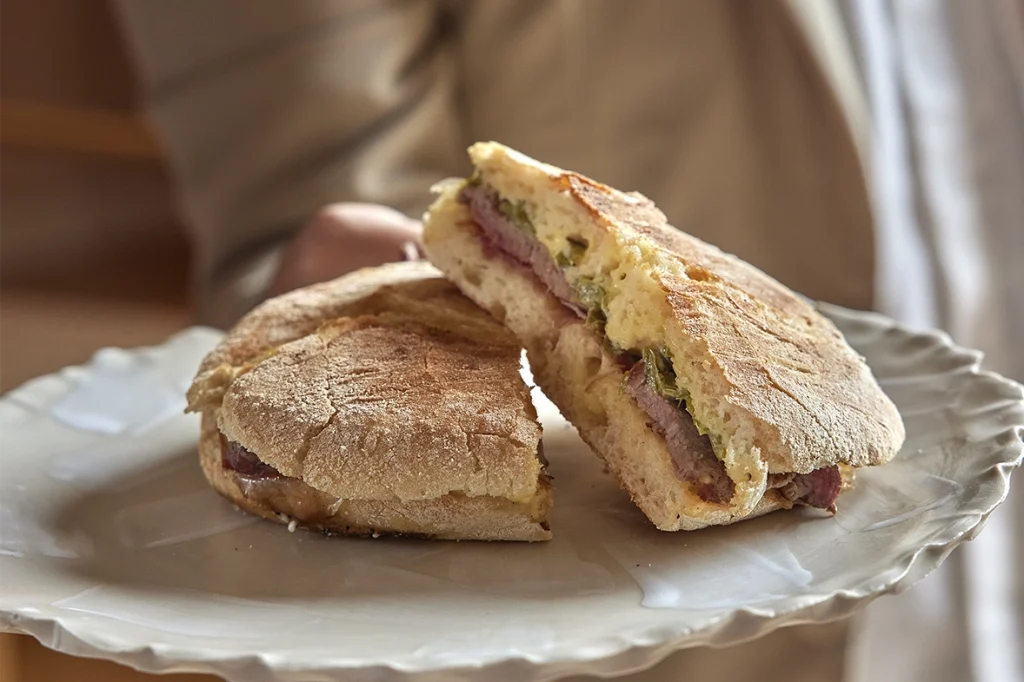El pasado 9 de mayo, Tragabuches Marbella se convirtió en el epicentro de la tradición gastronómica andaluza al acoger un evento que combinó dos de las técnicas más ancestrales de la cocina: el ronqueo de atún y el despiece de cerdo. Este evento no solo rindió homenaje a dos pilares fundamentales de la cocina mediterránea, sino que también acercó a los asistentes a la esencia de la cocina andaluza, donde cada corte y cada pieza cuentan una historia cargada de sabor y tradición.
El arte del ronqueo

De la mano de Gadira, el ronqueo del atún es una práctica que se ha perfeccionado durante siglos en las costas de Andalucía, especialmente en las almadrabas del sur. Esta técnica, que debe su nombre al sonido que produce el cuchillo al rozar la espina del atún, es todo un ritual que requiere precisión y destreza. Durante el evento, los asistentes pudieron presenciar cómo se despieza un atún de gran tamaño, siguiendo los pasos tradicionales que comienzan con la separación de la cabeza y continúan con cortes precisos para extraer las partes más nobles del pez, como el descargamento, el tarantelo, la ventresca y el lomo negro. Cada corte tiene su propio carácter y destino en la cocina, y es precisamente esta diversidad lo que convierte al atún en una joya gastronómica.
Además de ser una experiencia visual impresionante, el ronqueo es también una lección sobre sostenibilidad y aprovechamiento. Nada se desperdicia; cada parte del atún encuentra su lugar en la cocina. Es un recordatorio de cómo la gastronomía puede ser tanto arte como responsabilidad, reflejando el profundo respeto de los pescadores andaluces por el mar que les nutre.
El despiece del cerdo
Pero no solo el mar fue protagonista esa noche en Tragabuches Marbella. El despiece del cerdo de la mano de Cinco Jotas, una tradición profundamente arraigada en la cultura rural andaluza, también capturó la atención de los comensales. Este proceso es igual de meticuloso y respetuoso que el ronqueo, y su importancia en la cultura culinaria española es innegable. Desde los cortes más conocidos como el solomillo, el secreto y la presa, hasta partes menos populares pero igualmente sabrosas como la carrillada o el lagarto, cada pieza del cerdo tiene un propósito en la cocina y un lugar en las recetas tradicionales.
El despiece del cerdo es un arte que requiere conocimiento profundo de la anatomía del animal y una habilidad excepcional para aprovechar cada parte al máximo. Al igual que en el ronqueo, aquí también se valora el respeto por el producto y la tradición. Los asistentes pudieron aprender sobre los usos de cada corte y cómo cada parte del cerdo puede transformarse en platos únicos, desde embutidos artesanales hasta asados que se derriten en la boca.
Una experiencia gastronómica completa
Este evento en Tragabuches Marbella fue más que una simple exhibición de técnicas de corte. Fue una inmersión en la cultura gastronómica , donde el respeto por los ingredientes y la conexión con las raíces se sintieron en cada movimiento del cuchillo. Además, los chefs presentes aprovecharon la ocasión para crear platos únicos, combinando los sabores intensos del atún de almadraba con la robustez del cerdo ibérico, creando así una sinfonía de texturas y sabores que rindió homenaje a ambos animales.
Para muchos de los asistentes, esta fue una oportunidad única para comprender el verdadero significado del respeto al producto, la importancia del origen y la magia de transformar ingredientes en experiencias inolvidables. En un mundo cada vez más desconectado de sus raíces culinarias, eventos como este en Tragabuches Marbella son esenciales para mantener viva la tradición y recordar que, en la cocina, cada corte cuenta una historia y cada plato es un reflejo de la cultura que lo crea.








